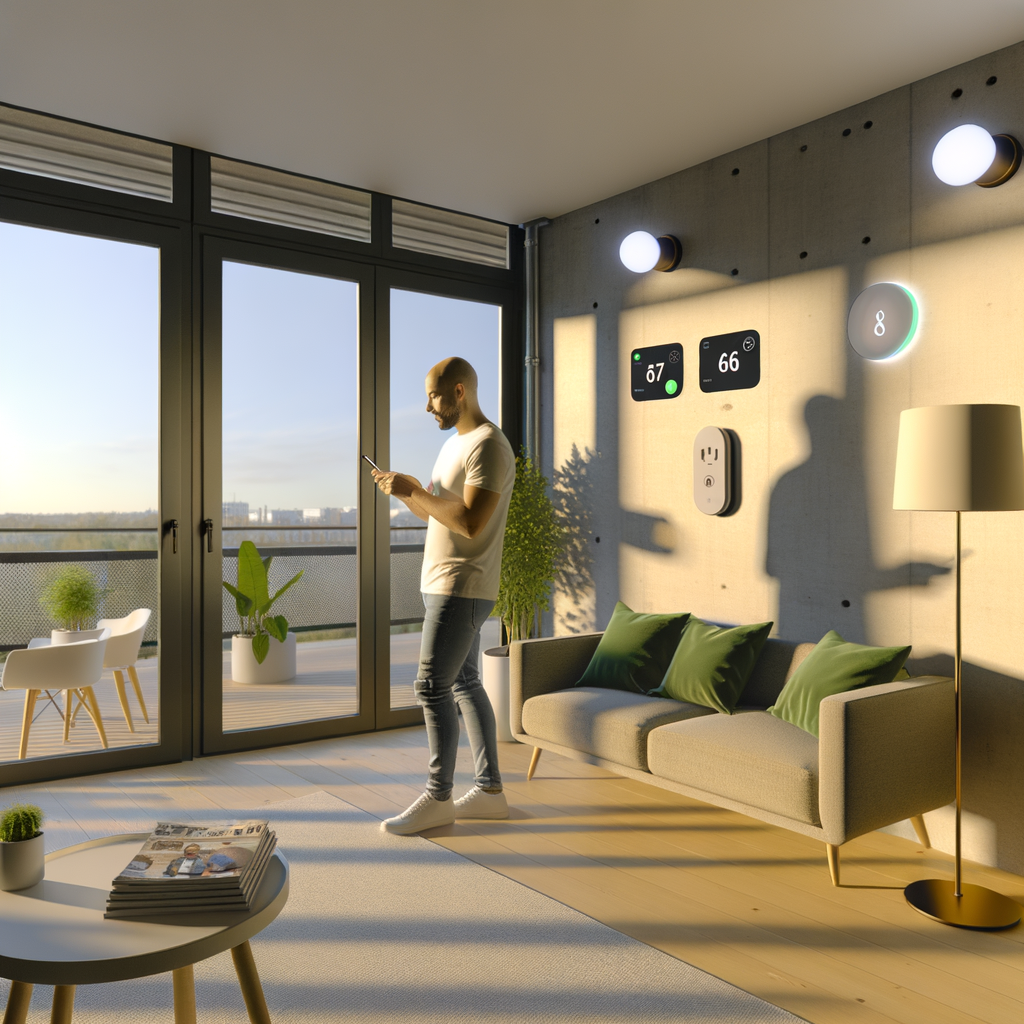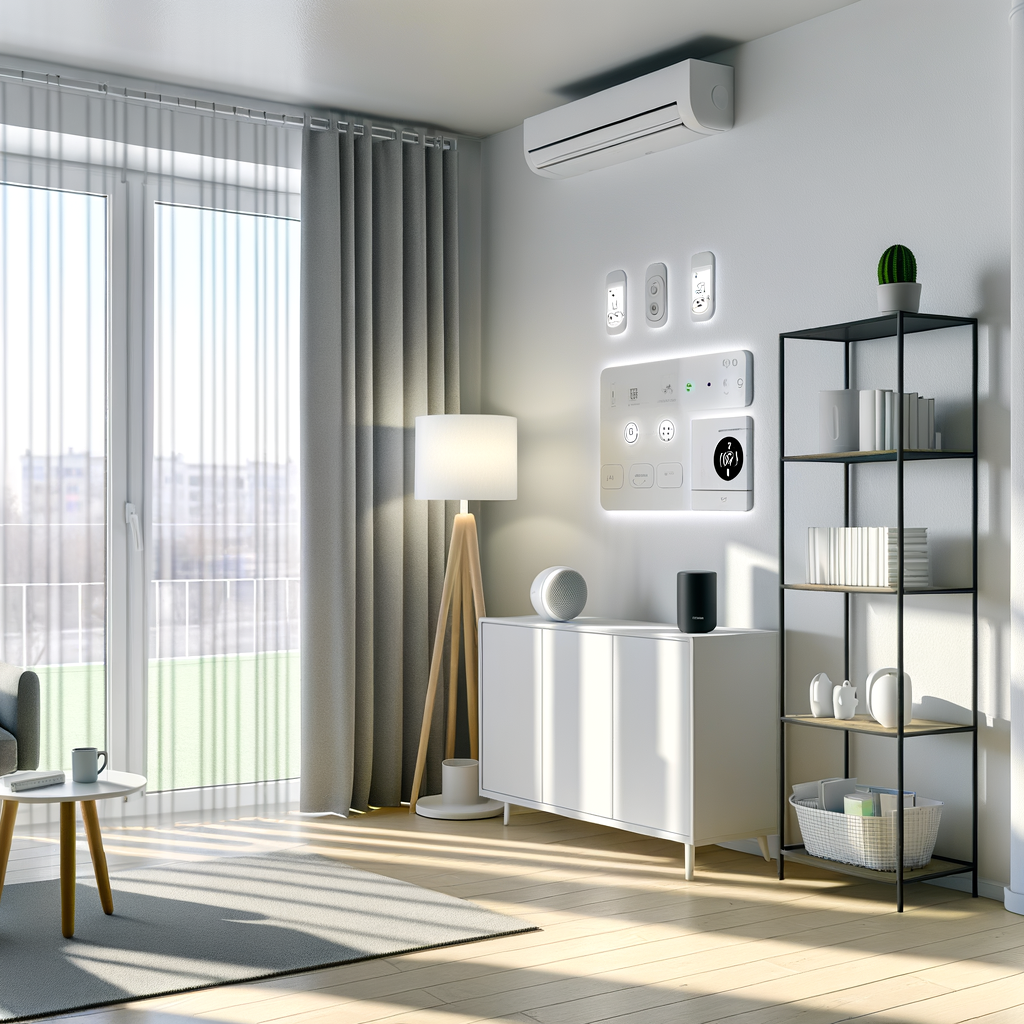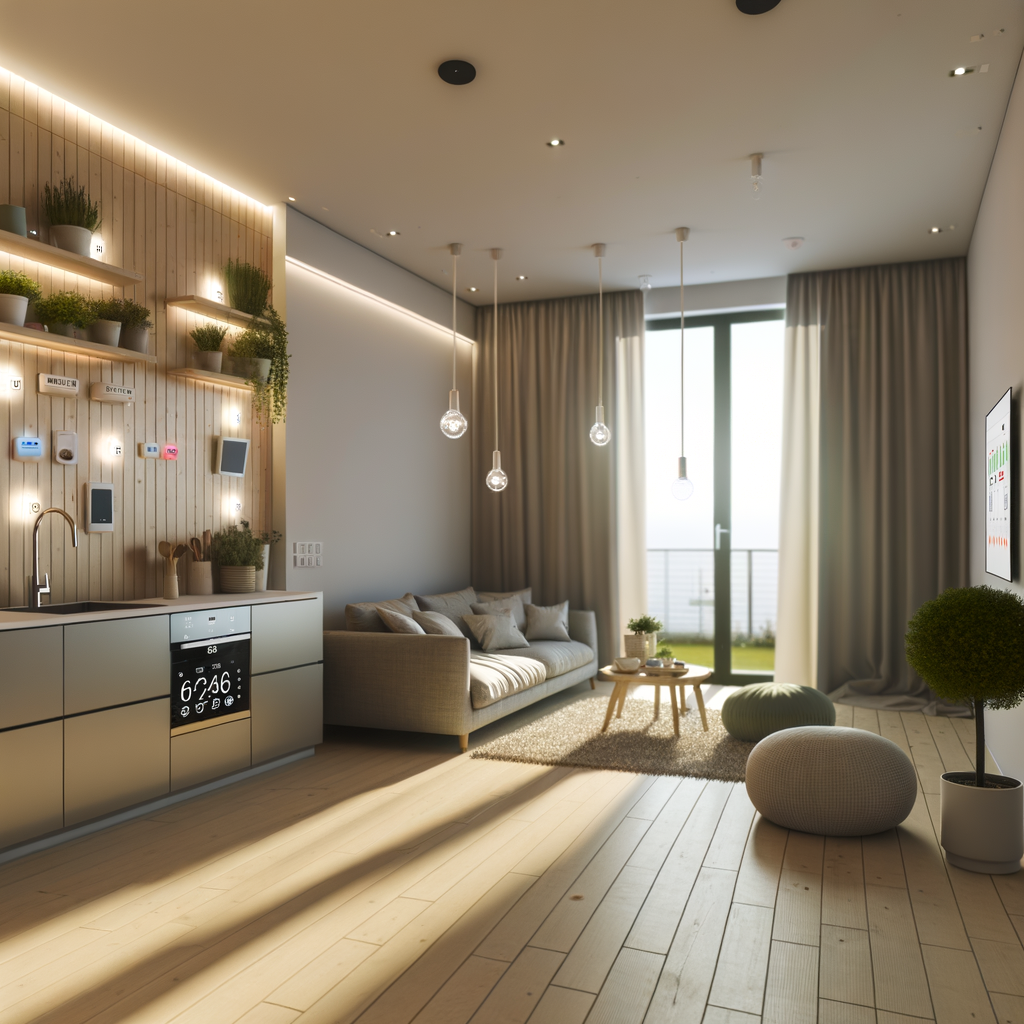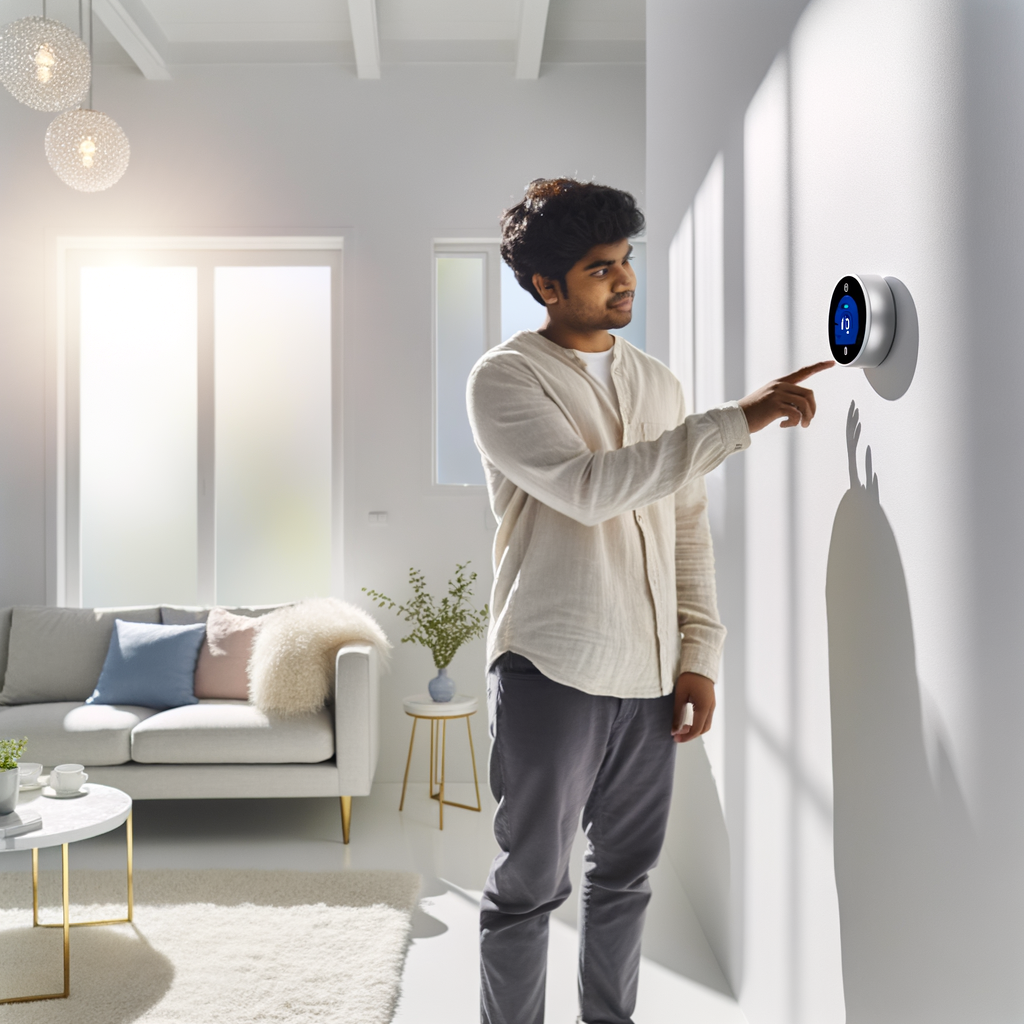Myth-Busting Smart Homes: Debunking 7 Common Misconceptions About Energy-Efficient Tech for Renters
Smart home technology is rapidly changing how we live, offering convenience, security, and the potential to save energy—and money. But for renters, smart home upgrades can spark hesitation. With so much information (and misinformation) swirling around, it’s easy to be misled or feel excluded from the smart home revolution.
Let’s bust some of the most common myths holding renters back from embracing energy-efficient smart tech. Whether you live in an apartment, a duplex, or a single-family rental, the truth may surprise you. We’ll cut through the noise, share practical tips, and recommend easy-to-use products you can start using today—without risking your security deposit.
Myth 1: Smart Home Tech Is Only for Homeowners
Reality: You don’t have to own your home to benefit from smart technology.
Many devices are designed with renters in mind. They offer easy, reversible installation and can move with you when your lease ends.
How Renters Can Get Started
- Smart plugs and bulbs: Instantly upgrade lighting and power control. Just plug them in, connect to Wi-Fi, and control devices from your phone or with your voice.
- Standalone sensors: Monitor temperature, humidity, or even leaks without hardwiring anything.
- Battery-powered devices: Avoid installing or drilling—look for products designed to stick on walls or simply rest on shelves.
Pro Tip: Always check your lease, but most basic upgrades (like bulbs and plug-in devices) require no landlord approval.
Myth 2: Energy-Efficient Tech Isn’t Worth the Investment for Renters
Reality: Quick-return, energy-saving devices are affordable—and portable.
Unlike major built-in systems, products like smart thermostats, plugs, and energy monitors pay for themselves within months by trimming utility bills, even if you move out after a year or two.
Affordable Ways to Save Energy Now
- Smart LED bulbs: Use up to 80% less energy and are easily swapped out when moving.
- Wi-Fi power strips: Cut “phantom” energy drain by scheduling devices to turn off automatically.
- Plug-in thermostats for window ACs or space heaters: Let you schedule and remotely control temperature settings—a game changer in older rentals.
- Energy usage monitors: Plug into outlets to show exactly what each appliance uses (and help you spot energy hogs).
Myth 3: Installing Smart Devices Means Drilling, Wires, and Lease Violations
Reality: Most modern smart devices are designed to be renter-friendly and installation is often as easy as “plug and play”.
No-Drill, No-Damage Solutions
- Peephole or battery-powered security cameras: Mount with adhesive strips or brackets—no holes required.
- Smart sensors: Most use removable adhesive strips (think 3M Command strips) and connect wirelessly.
- Smart doorbells: Some models are powered by rechargeable batteries and can be mounted using special brackets or adhesives, avoiding screw holes.
Ask your landlord first if unsure, but in most cases, properly installed renter-friendly devices leave no trace when removed.
Myth 4: Smart Home Tech Is Too Complicated for Non-Techies
Reality: The latest smart devices focus on simplicity and user-friendly setup. You don’t need to be an IT expert!
Devices Designed for Everyone
- Mobile apps: Step-by-step setup guides and clear controls (Alexa, Google Home, Apple HomeKit) make daily use simple.
- Voice assistants: Simply say, “Turn off the lights” or “Lower the thermostat.”
- Automation templates: Pre-set “routines” (like ‘bedtime’ or ‘away mode’) let you control several devices with a single command or scheduled time.
If you can use a smartphone, you can set up and use most smart devices in minutes.
Myth 5: Smart Devices Don’t REALLY Save That Much Energy
Reality: When used thoughtfully, smart home tech can shave 10-25% off your electricity bill, even in a rental.
How Smart Tech Cuts Your Bills
- Smart thermostats: Automatically adjust temperatures based on your schedule or presence, reducing wasted heating/cooling.
- Smart plugs: Turn off forgotten devices completely—preventing “standby” power waste.
- Smart lights: Ensure your home isn’t brightly lit when no one’s there (and some adjust based on daylight).
- Usage reports: Let you spot patterns, customize routines, and take control of energy hogs.
Example: The Savings Add Up
- LED Smart Bulb: Saves $2–$8 annually per bulb compared to incandescents (multiply that by every bulb in your home).
- Smart Thermostat: Studies show $50–$180/year in energy savings by smarter scheduling.
- Smart Plug: Shutting off a game console or TV overnight can save $10–$20 per year per device.
Myth 6: Smart Home Products Are Expensive
Reality: Smart home devices for renters start at around $10–$50. Strategic upgrades won’t break the bank, and you can add more over time.
Entry-Level Smart Tech That Pays Off Fast
- Smart plugs & power strips: Manage two or more devices for under $25.
- LED Smart Bulbs: Drop-in replacements now cost less than $20/bulb.
- Entry-level security cameras or sensors: Available from $30–$60 with no subscription required.
- DIY smart thermostats: Designed to retrofit onto existing wall units, some start under $60.
Look for:
- Sales and bundles—especially around holidays.
- Refurbished units—often as good as new, with a manufacturer warranty.
- Utility rebates on smart thermostats in many states.
Myth 7: You Can’t Take Your Smart Home Gear When You Move
Reality: Most renter-focused smart devices are designed to be portable and modular. Unplug, unscrew, reset—and take them to your next home!
How to Move Your Devices
- Smart bulbs, plugs, and sensors: Simply unplug or unscrew. Be sure to restore or replace any items you swapped (like old bulbs) for the next tenant.
- Account transfer/reset: Factory reset each device to clear your info and prepare for setup at your new residence.
- Keep original packaging: Makes transportation and resale easier.
Checklist: Moving Out?
- Remove all adhesive-mounted devices gently to prevent paint damage.
- Check batteries and back up any settings you want to keep.
- Inform your landlord, if required—especially for anything semi-permanent like a smart lock.
Smart home upgrades are a long-term, portable investment, not a sunk cost for your rental.




